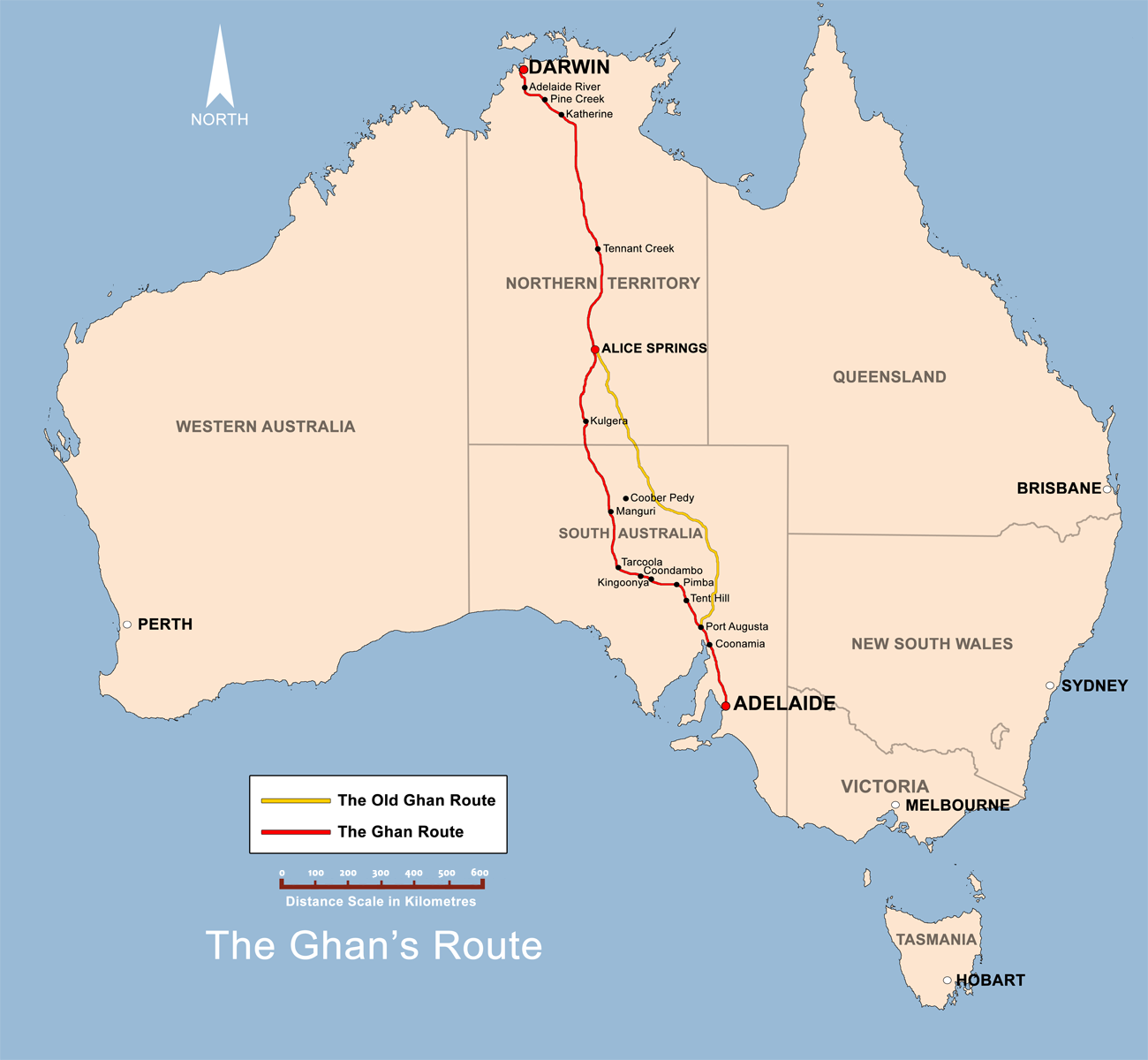POI / भारत के लोग
Installation details:
1. Printed mosquito net of 12ft height
1. POI video: 45 min duration
1. POI video: 45 min duration
1. Map video: 5min approx. duration
1. Audio File
Credits:
Sound design: V. P. Mohandas
Compositor: Manish Raut
Editor: Archana Hande & Rikhav Desai
Editor: Archana Hande & Rikhav Desai
Image credit: Dr, Bhau Daji Lad Museum.
Installation site: Dr Bhau Daji Lad Museum,
Most of the images in this installation draws from the Museum’s collection of rare books, photographs, paintings and prints to essay a reading of how an Indian identity was constructed in the 18th, 19th and early 20th centuries by the British. Using the Museum collection as the frame of reference Hande creates a topography of images both contemporary and historic that emerge like ghosts and disappear in a shroud that is actually a mosquito net, ephemera from the past seeking to inhabit a tangible form in the here and now.
The artist speaks of her interest in the idea of how identity has no origin and is a constantly shifting ontological construction that changes with each passing moment. However she explains that the human need for security and certainty prevails and we are co-opted into believing that which others wish us to believe. The issue of what is authentic, what is pure and original as a cultural construction is questionable and difficult to substantiate as the very act of practice in the present mediates and changes the original.
Hande uses the idea of a mosquito net, a British import now used ubiquitously in India, as the protective layer which encloses the ephemeral images of the hundreds of types of people which she has sourced both from her own personal collection and from the Museum. She speaks of a semiotics of identity, signifiers which become codes of connection or disharmony. “This language is performed through a documentary practice which transforms the original idea in its very practice,” she says.Using video, assemblage, popular imagery and sounds to create an immersive experience the artist asks us to reflect on who we are and how we have come to see ourselves....
Tasneem Zakaria Mehta




























